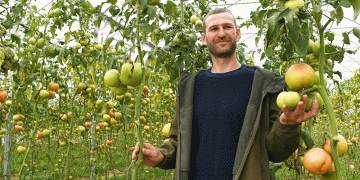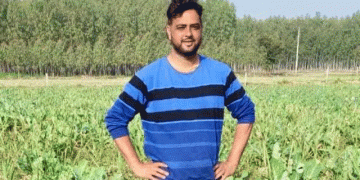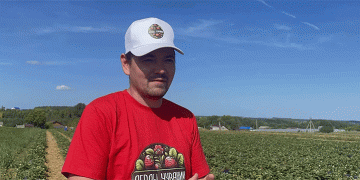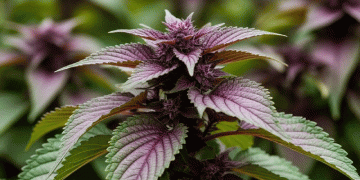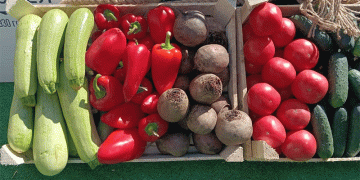#Okra #ShootandFruitBorer #Eariasvitella #Eariasinsulana #IPMsolution #BraveHawk®Monza #cropprotection
Okra is a widely grown crop in many parts of the world, including India, China, Brazil, and the United States. However, the Shoot and Fruit Borer of Okra, which includes the Earias vitella and Earias insulana species, can cause significant damage to the crop. These pests bore into tender terminal shoots, flower buds, flowers, and young fruits, causing them to wither and dry up. In this article, we’ll explore the life cycle of the Shoot and Fruit Borer of Okra and discuss a new IPM solution, BraveHawk® Monza, that can effectively control these pests.
The Shoot and Fruit Borer of Okra lay their eggs on shoot tips, buds, flowers, and fruits. The eggs hatch in 3-5 days, and the resulting larvae bore into the plant tissues, where they cause the most damage. The larvae can take anywhere from 10-17 days to complete their development, depending on environmental conditions. After the larval stage, the pest enters the pupal stage, which lasts for 6-10 days before emerging as a fully formed moth. The entire life cycle of the Shoot and Fruit Borer of Okra takes between 19-32 days, with multiple overlapping generations observed in the crop cycle.
Controlling the Shoot and Fruit Borer of Okra can be challenging, as conventional toxic pesticides often do not reach the dead tissues of the plant where these pests live. However, BraveHawk® Monza, a new IPM solution from Ai-Genix, can effectively control the Shoot and Fruit Borer of Okra and break its life cycle. With the deployment of BraveHawk® Monza, farmers can achieve 95%-97% control of this pest, ensuring that their crop is protected from damage.
In conclusion, the Shoot and Fruit Borer of Okra can cause significant damage to this widely grown crop, but there is a new solution that can effectively control these pests. With BraveHawk® Monza, farmers can protect their crop and achieve a high level of control over the Shoot and Fruit Borer of Okra.
















